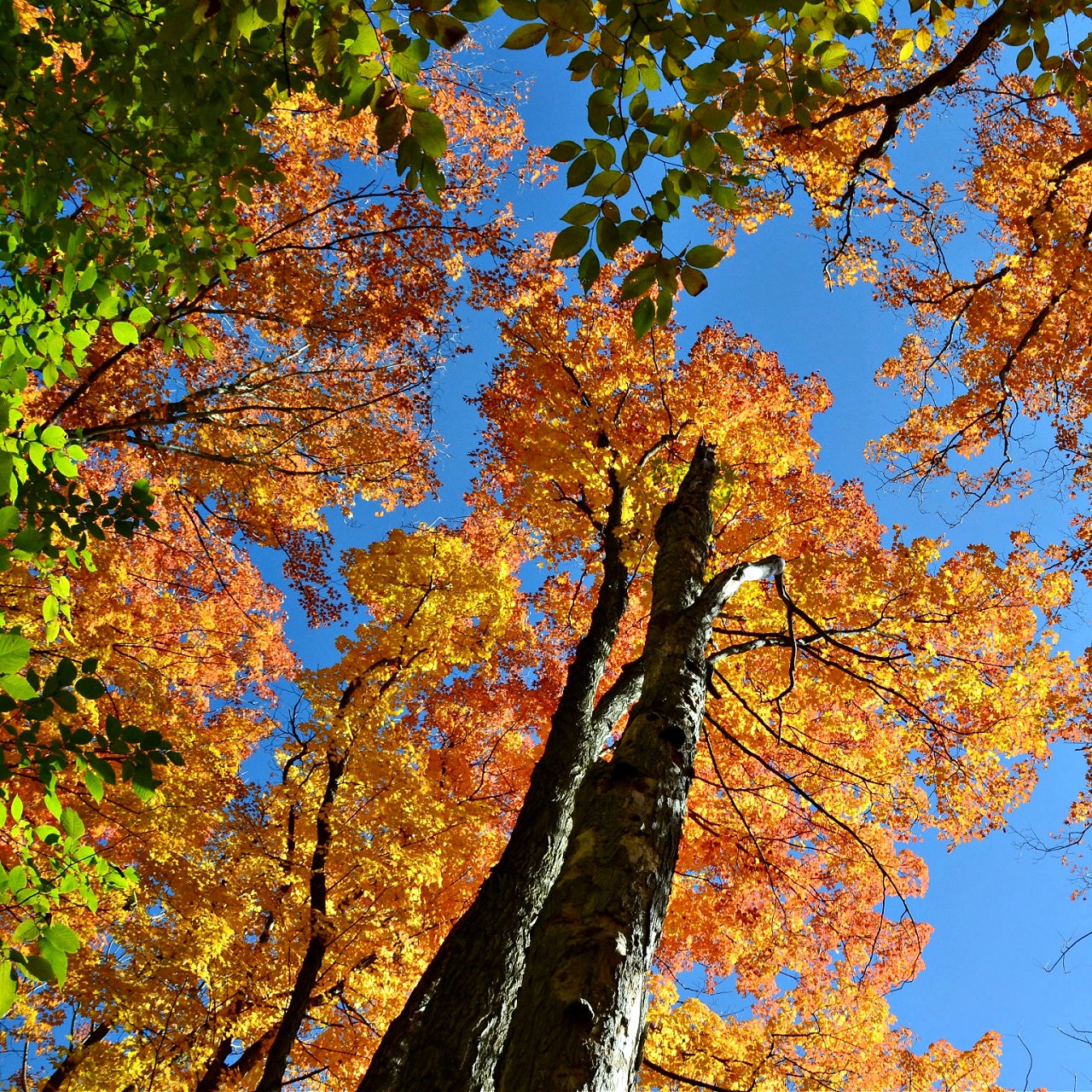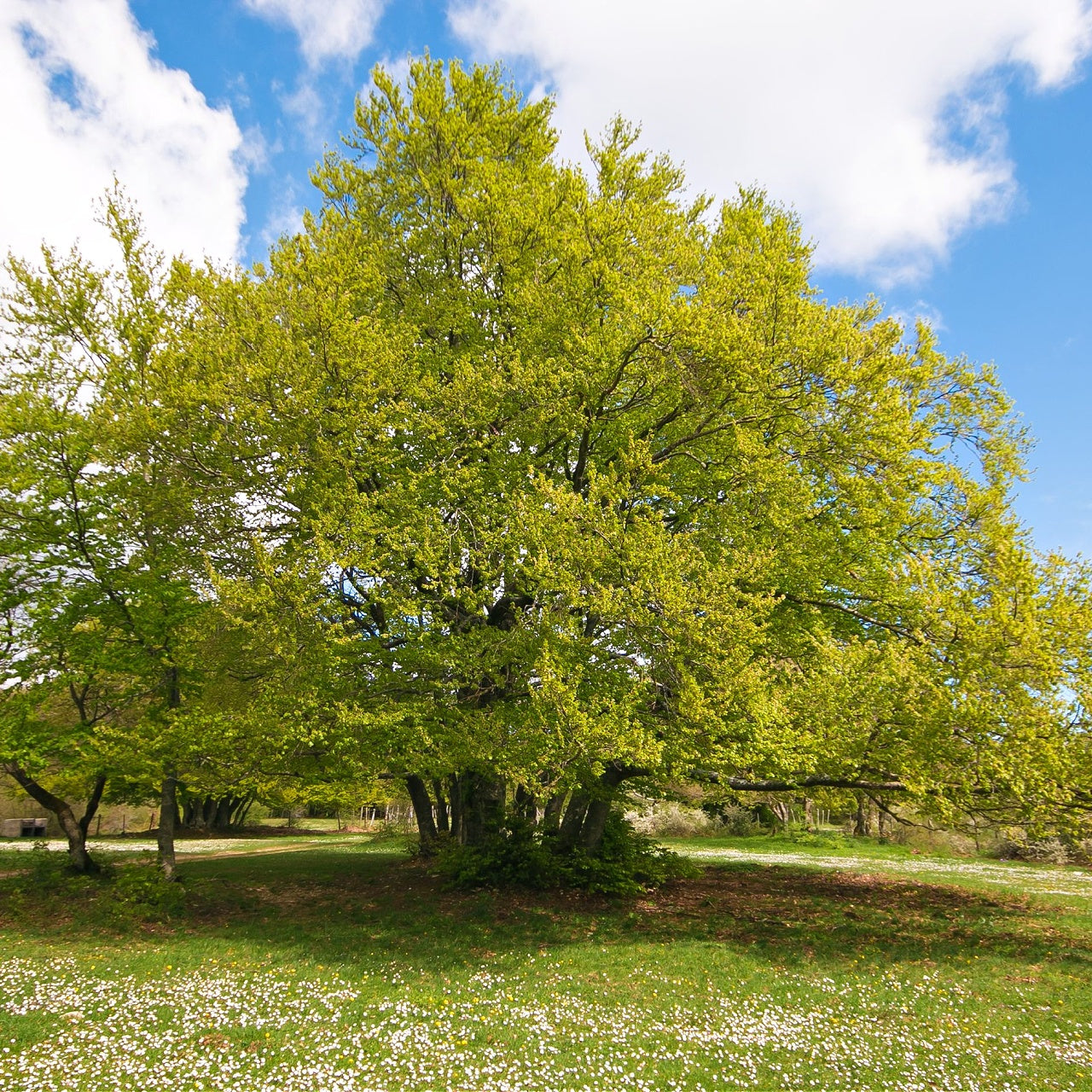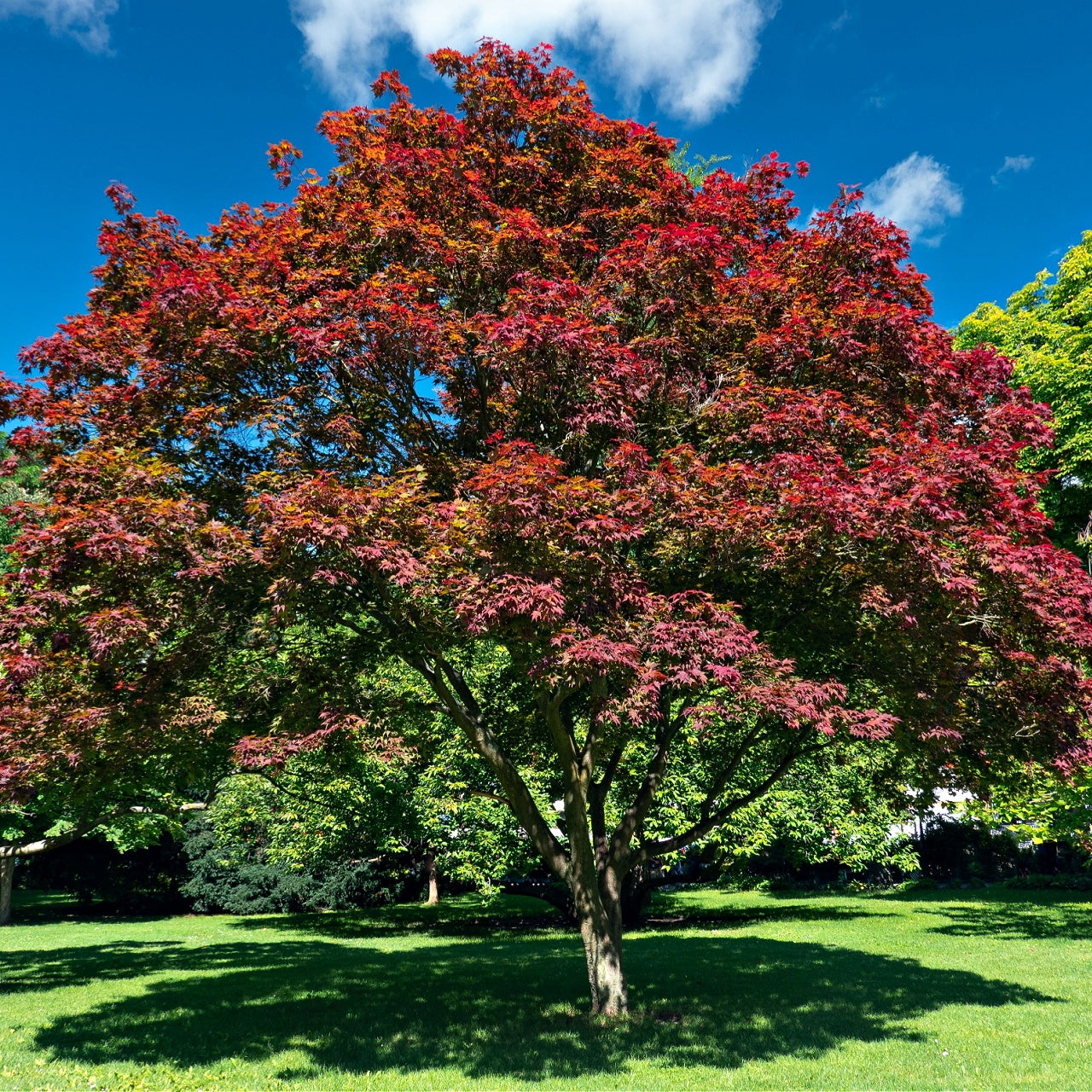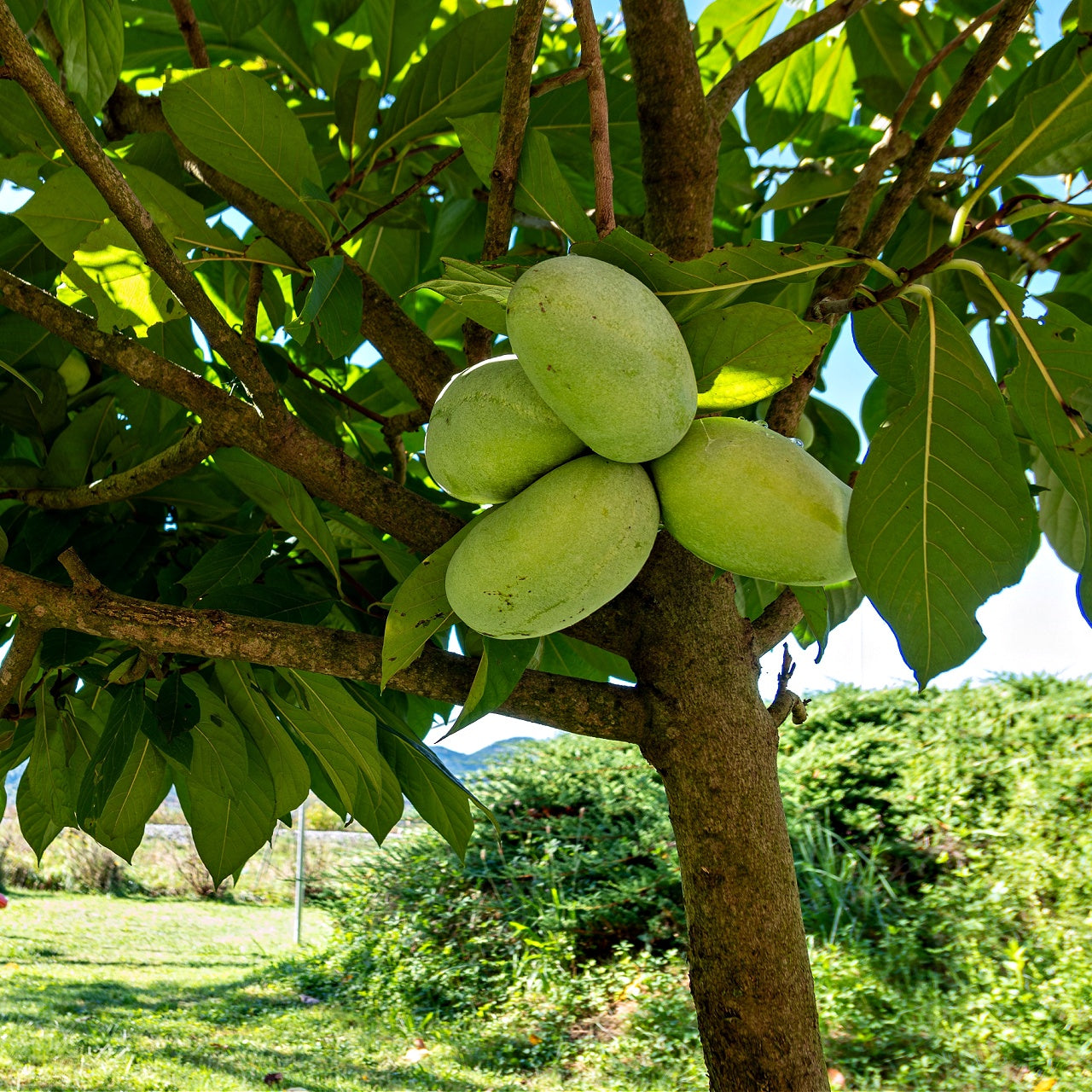
A Beginner's Guide to Growing Beautiful Perennial Plants
A Beginner's Guide to Growing Beautiful Perennial Plants
Big Bold, Bodacious Perennial Plants: 101 Tips

Perennial plants are a great way to liven up your garden year after year. But if you're new to gardening, you might wonder where to start. Don't worry – this beginner's guide will give you all the information you need to grow beautiful and healthy perennial plants.
You'll learn about the different types of perennials, how to prepare your soil, and the best time to plant. We'll also give you tips on watering, fertilizing, and pruning your plants to keep them looking their best. Whether you want to add some color to your garden or enjoy nature's beauty, this guide will help you start your journey to growing perennial plants.
Benefits of growing perennial plants
Before we dive into the details of growing perennial plants, let's take a moment to consider the benefits. First and foremost, perennial plants are a long-term investment in your garden. Unlike annuals, which only last for one growing season, perennials return year after year, providing a consistent source of beauty in your garden. This also means you will have to spend less time and money replanting your garden yearly.
Another benefit of perennial plants is that they often have deeper root systems than annuals, making them more drought-resistant. This is especially important in hot and dry summer areas where water conservation is a concern. Additionally, many perennial plants are native to specific regions, so they are well-adapted to local conditions and require less maintenance.

Finally, perennial plants can be a great way to attract pollinators to your garden. Bees, butterflies, and other pollinators are crucial for pollinating plants and ensuring a healthy ecosystem. You can create a habitat that attracts and supports pollinators by planting various perennial plants.
Types of perennial plants
Perennial plants come in various shapes, sizes, colors, and textures. Some common types of perennial plants include:
Herbaceous perennials
Herbaceous perennials are non-woody plants that die back to the ground in the winter and grow back from their roots in the spring. Examples of herbaceous perennials include coneflowers, black-eyed Susans, and hostas.
Woody perennials
Woody perennials are plants with woody stems and branches that live for many years. Examples of woody perennials include trees, shrubs, and vines.
Bulbs
Bulbs are a type of perennial plant that grows from underground storage structures. Examples of bulbs include daffodils, tulips, and lilies.
Groundcovers
Groundcovers are low-growing perennial plants that spread quickly and form a thick mat. Examples of groundcovers include creeping phlox, sedum, and vinca.
Perennial herbs
Perennial herbs, such as thyme, rosemary, and lavender, come back year after year.
When choosing perennial plants for your garden, it's essential to consider the growing conditions in your area. Some perennials prefer full sun, while others prefer partial shade. Some perennials are drought-tolerant, while others require more water. Choosing plants well-suited to your climate and soil conditions will set you up for success.
Planning your perennial garden
Before you start planting your perennial garden, planning out the layout is essential. Consider the size and shape of your garden and any existing trees, shrubs, or structures that will impact your garden's sunlight. You'll also want to consider the colors and textures you want to include in your garden and any specific themes or styles you want to incorporate.
Creating a diagram or map of the space is helpful when planning your garden. This will allow you to visualize how the plants will look together and ensure that you have enough space for each plant to grow. You can also use this diagram to plan garden paths, borders, or focal points.
Preparing the soil for perennial plants
Once you have a plan, it's time to prepare the soil for your perennial plants. Soil preparation is essential in ensuring your plants have a strong foundation for growth. Here are some tips for preparing the soil:
Test the soil
Before planting, it's a good idea to test your soil to see what nutrients it may lack. Once you know your soil needs, you can amend it with compost, fertilizer, or other organic matter.
Clear the area
Remove any weeds or grass from where you plan to plant your perennials.
Loosen the soil
Using a garden tiller, loosen the soil to a depth of at least 12 inches. This will create a loose, aerated soil structure to help your plants' roots grow more profoundly and robustly.
Add organic matter
Incorporating organic matter into your soil is a great way to improve its structure and fertility. Add well-rotted manure or other organic matter to your soil to improve its texture and provide plant nutrients.
Planting and caring for perennial plants
Now that your soil is ready, it's time to start planting your perennial plants.
Plant at the right time
The best time to plant perennials is in the fall or spring when the soil is moist and temperatures are mild. Avoid planting during hot, dry weather or periods of extreme cold.
Dig the correct size hole.
When planting your perennials, dig a hole two times as wide as the root ball. This will give your plant plenty of room to grow and establish its roots.
Water regularly
Perennial plants require regular watering, especially during the first year after planting.
Prune as needed
Many perennial plants benefit from pruning to encourage bushier growth and more blooms. Make sure to research the specific pruning needs of your plants before you start cutting.
Fertilize as needed
Perennial plants benefit from regular fertilization, especially in the spring when they grow actively. Use a balanced fertilizer that is designed for perennial plants.
Common problems and solutions for perennial plants
Even with proper care, your perennial plants may encounter some common problems. Here are some tips for identifying and treating these issues:
Pests
Pests such as aphids, mites, and caterpillars can damage your plants. Use neem oil to control these pests without harming beneficial insects.
Diseases
Perennial plants can be susceptible to diseases such as powdery mildew, root rot, and rust. Remove affected plant parts and treat with a fungicide as needed.
Overcrowding
If your plants look crowded or overgrown, it may be time to divide them. Dig up the plant, separate it into smaller sections, and move them to a new location.
Perennial plant maintenance
To keep your perennial plants looking their best, performing regular maintenance tasks is essential. Here are some tips for maintaining your perennials:
Deadhead regularly
Deadheading, or removing spent blooms, can encourage your plants to produce more flowers and prevent them from going to seed.
Mulch around plants
Mulching around plants helps suppress weeds, retain moisture, and regulate soil temperature.
Stake tall plants
Tall perennial plants such as delphiniums or peonies may require staking to keep them upright. Use a support stake and tie the plant to it with twine.
Cut back in the fall.
Many perennial plants benefit from fall pruning to remove dead foliage and prepare for winter. Cut back your plants to 2-3 inches above the soil.
Conclusion
Growing perennial plants can be rewarding and low-maintenance to add beauty to your garden. From planning and planting to caring for and maintaining your plants, this beginner's guide has covered all you need to know to get started. By choosing the right plants for your garden and providing them with proper care, you can enjoy the beauty of perennial plants year after year. So grab your gardening gloves and prepare to create a beautiful perennial garden that you can enjoy for years.






